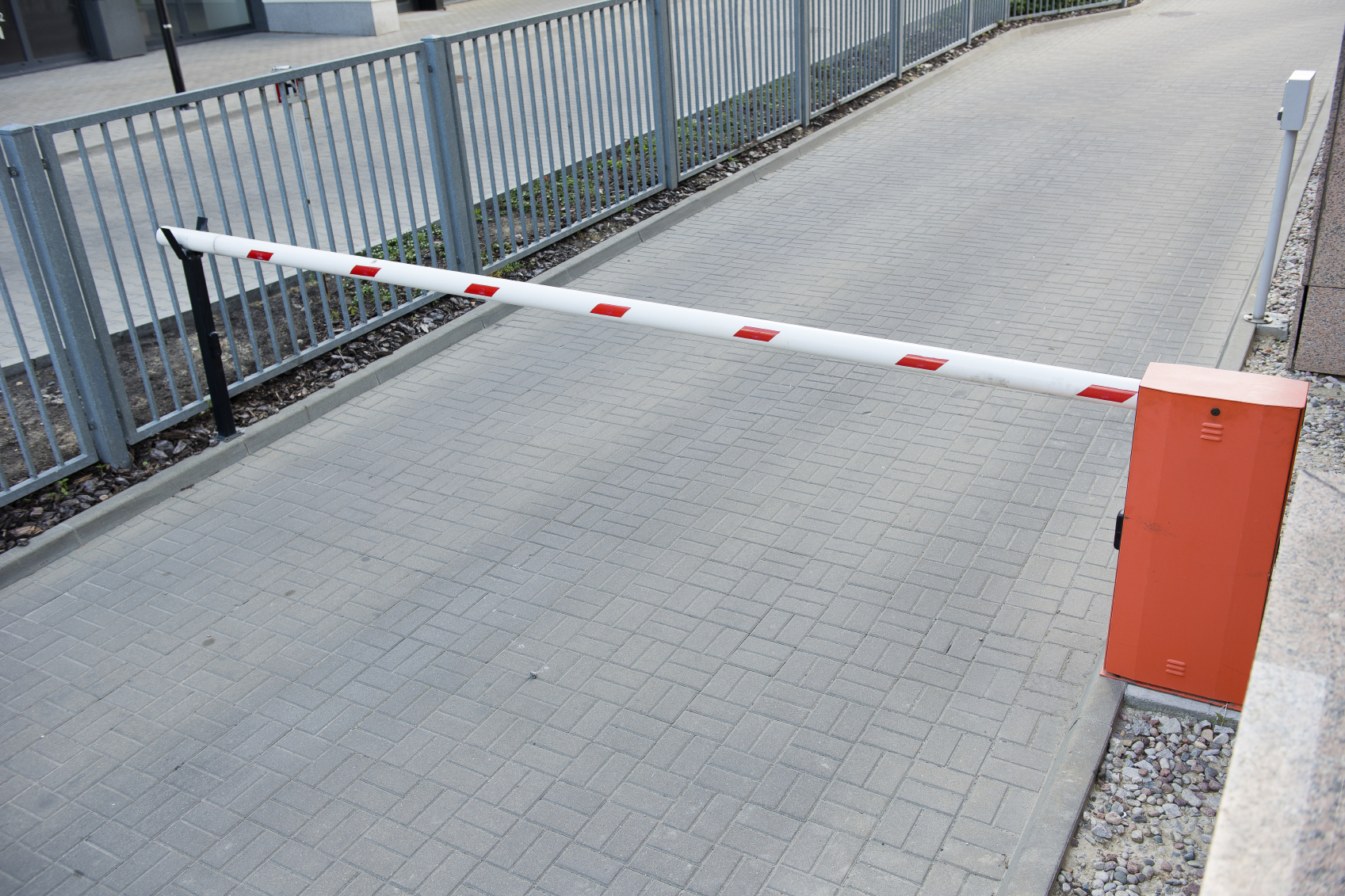
There is a scene in an old movie where somebody stops at a gas station and asks for directions. The old guy pauses for a second, then says, “You can’t get there from here.”
Unfortunately many programs, particularly custom efficiency programs, have this same problem. Customers know that they want to participate in the program, but there are too many barriers in place, and it is not worth the hassle.
Each custom efficiency program will have unique barriers, which will vary depending on the customer base and the type of program. However, three common barriers exist:
- Time constraints and delays— It is important to gather the information required to ensure that a project meets program requirements and that savings calculations are accurate. However, time constraints or delays can drive away potential participants. Time delays are especially troublesome for customers who are forced to react to a failed equipment condition. They need to replace the equipment now, but getting new equipment quickly may surpass the need to get the most efficient or cost effective equipment.
- Excessive data collection— For every project, a certain amount of data collection is necessary in order to ensure that projects meet eligibility requirements and energy savings can be calculated accurately. However, data requests should be limited to necessary information and sent as single requests instead of multiple partial requests. Although, the data collection process can be less painful, particularly for large projects, by having the program sponsor/do the legwork. Do not leave excessive data-gathering hoops for the overstrapped customer to jump through.
- Risk or perceived risk— The expectation of receiving something that is taken away can be worse than not having the chance in the first place. It is important to accurately portray the risks and the requirements for participation in the program. However, a customer that jumps through hoops to participate in a program will likely not try again if they do not receive the incentive.
The barriers discussed cannot be eliminated as they are part of the processes that are in place to determine eligibility, energy savings estimates, or incentive levels. However, a responsive, customer-centric program, with ample process instruction and explanation of terms and conditions can greatly mitigate these barriers. Balancing these needs with the customer needs requires thoughtfulness and continual feedback and review.




